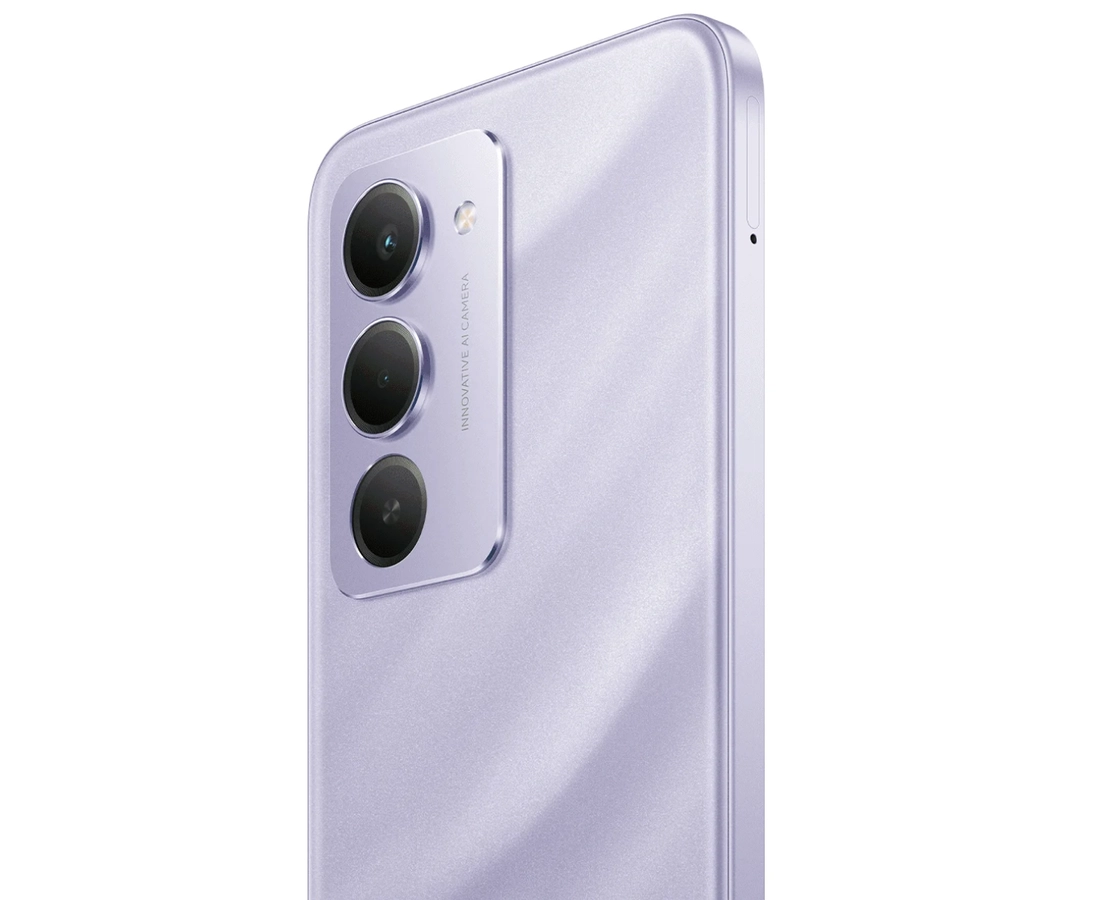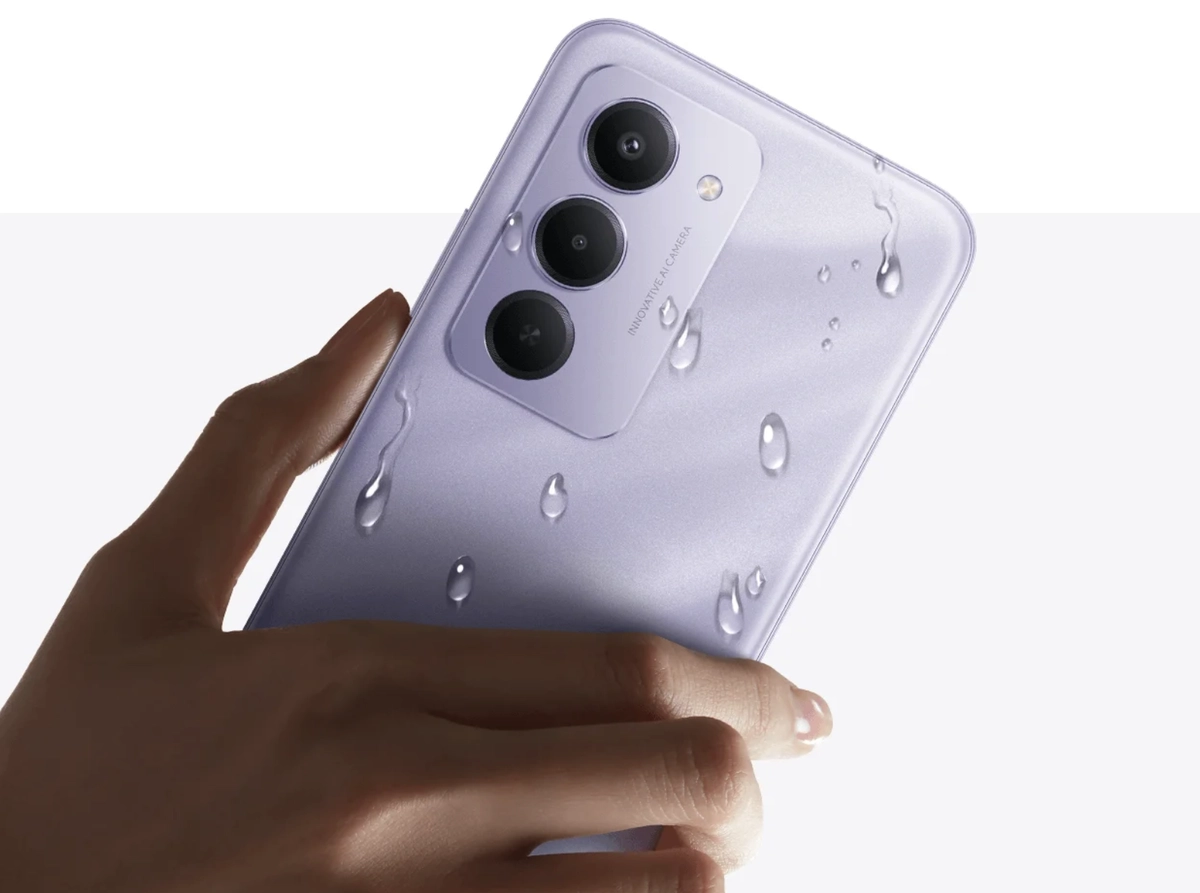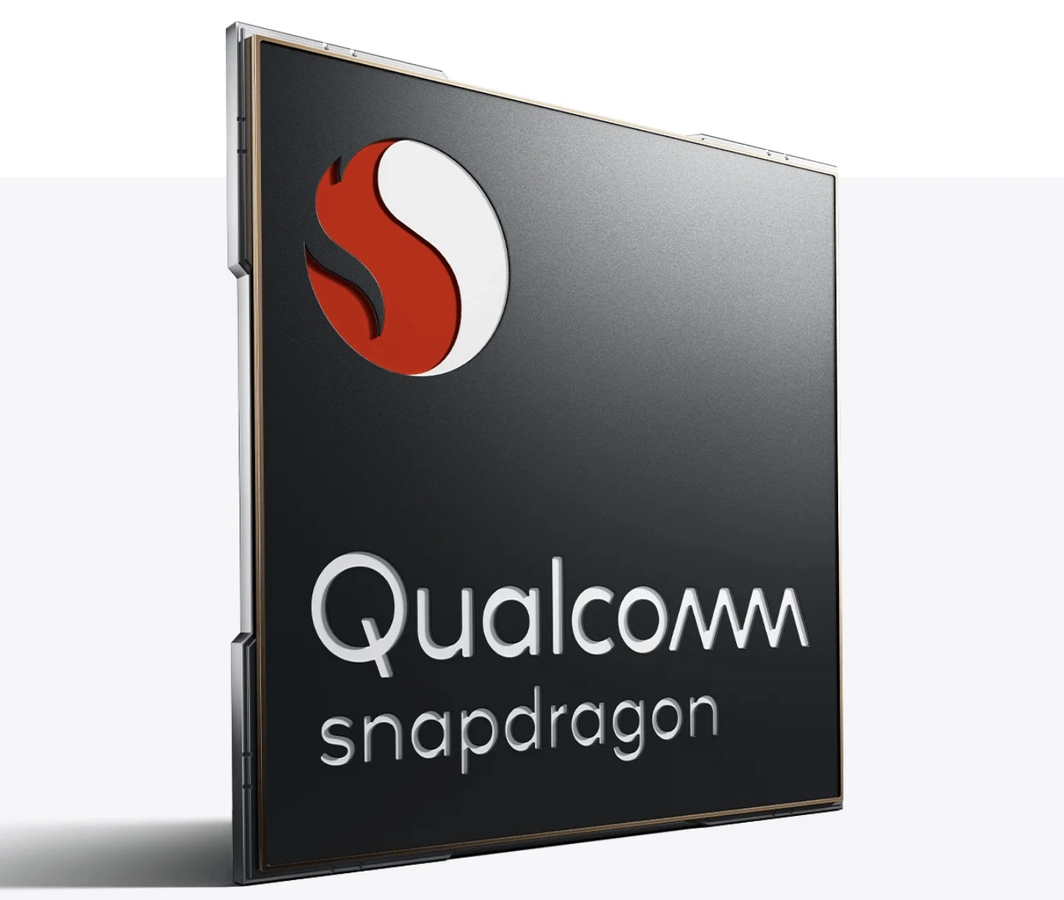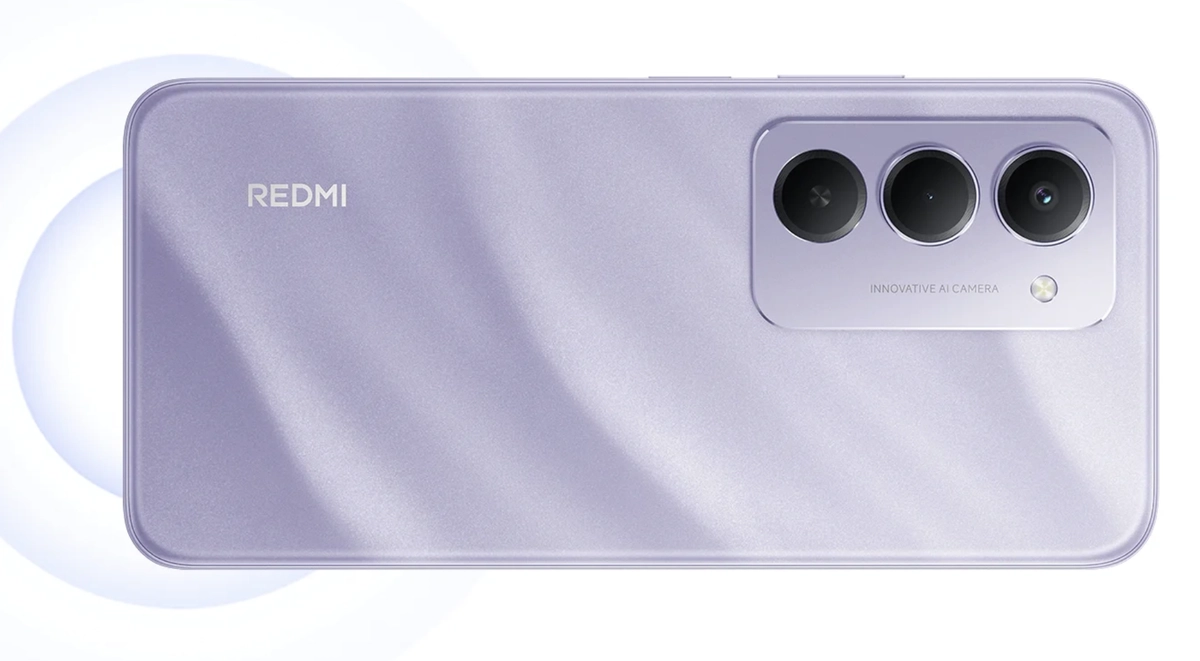The Pros and Cons of Xiaomi Redmi 15
The Redmi Number Series is one of the most popular lines in the entry-level smartphone market. With the Redmi 15, Xiaomi brings a much bigger battery of 7000 mAh. This is a big step up from the previous Redmi 13, which only had a 5030 mAh battery.
Besides the battery, the Redmi 15 also comes with other strong features. It has a display with a 144 Hz refresh rate, which is rare in this price range, and it also offers solid performance, a good design, and capable cameras. Curious about what it can do? Let’s look at the pros and cons.
Pros of Redmi 15
As an entry-level phone, the Redmi 15 is designed for daily use, especially for users who need a strong battery. Here are some of its main pros:
1. Long-lasting 7000 mAh Battery

The biggest upgrade in the Redmi 15 is its jumbo 7000 mAh battery. Compared to the 5030 mAh in the Redmi 13, the improvement is clear. This makes the phone much more reliable for everyday needs.
Xiaomi says the Redmi 15 can last up to two days with normal use. For phone calls, it can last up to 46 hours, and for browsing or scrolling social media, up to 29 hours.
There is also a 1% power endurance mode. Even with just 1 percent battery, you can still make calls for up to 64 minutes or keep the phone on standby for 10 hours. This is very useful when you are outside and cannot find a power outlet.
For charging, the Redmi 15 supports 33W Turbo Charging. It also has a reverse charging feature to charge other devices like phones, smartwatches, or wireless earbuds.
2. Large Screen with 144 Hz Refresh Rate

The Redmi 15 is not only about its battery. The display is also a highlight. With a 144 Hz refresh rate, the screen feels smooth, especially for gaming. This refresh rate is usually found in mid-range gaming phones, so it is impressive for an entry-level model.
The refresh rate can also adapt to the activity on the screen. Although it does not go down to the lowest levels, it helps reduce unnecessary power use and keeps the battery lasting longer.
The screen size is 6.9 inches with an IPS panel. The bezels are not very thin, especially at the bottom, but the overall experience is still good with a Full HD+ resolution of 1080 x 2340 pixels.
To make viewing safer, the Redmi 15 has TUV Rheinland certification to reduce blue light. This helps reduce eye strain when using the phone for a long time. It also has Flicker Free and Circadian Friendly certifications, which make it more comfortable to use in low-light environments.
3. Good Performance for Daily Activities

The Redmi 15 only supports 4G networks, but it is powered by the Snapdragon 685 chipset. While this is not the most powerful 4G chipset, it is one of the better options in the mid-range class. It is built on the ARMv8.2-A architecture with a 6 nm manufacturing process, which makes it quite efficient in terms of power.
The Snapdragon 685 has an octa-core CPU. It combines four Cortex A73 cores running at 2.8 GHz for performance tasks and four Cortex A53 cores running at 1.9 GHz for efficiency. For graphics, it uses the Adreno 610 GPU with a frequency of 1260 MHz.
The performance is not high-end, but it is stable for everyday use. Redmi 15 also comes with a good memory setup. It has 6 GB or 8 GB of LPDDR4X RAM and 128 GB or 256 GB of UFS 2.2 storage.
There is also a microSD slot to expand the storage. However, the slot is hybrid, so you need to choose between using a second SIM card or a microSD card.
4. HyperOS 2 and Google Gemini Support

The Redmi 15 was released in 2025 with Android 15 and the HyperOS 2 interface. There is no official information about how many OS upgrades it will get, but the interface looks modern and well-designed for an entry-level phone.
HyperOS 2 brings some useful new features, such as call synchronization and text sharing. Ads are still present, but Xiaomi has reduced them a little. On the downside, there is still quite a lot of pre-installed bloatware when you first start the phone.
Even though it is an entry-level device, the Redmi 15 already supports advanced AI features. Xiaomi has worked directly with Google Gemini to provide AI assistance. You can use Gemini without switching apps, try Gemini Live, generate images, and connect the AI to other apps smoothly.
5. Adequate 50 MP Main Camera

From the back design, the Redmi 15 has a simple camera setup. Out of the two circles on the rear module, only one is a working camera. It uses a 50 MP main lens with an f/1.8 aperture and PDAF support for fast autofocus.
The main camera is also supported by AI features and the Xiaomi Imaging Engine. These make the shooting process quicker and help capture moments without delay.
Still, the results are not always consistent. Photos can look less sharp in certain lighting conditions. There is also a drop in resolution compared to the Redmi 13, which had a 108 MP main camera. The difference may not be very noticeable in daily use, but it is worth mentioning.
For selfies, the Redmi 15 uses an 8 MP front camera with an f/2.0 aperture. It comes with night mode and beauty mode. When night mode is on, the screen produces a white glow like a ring light to give extra brightness.
For videos, there are no real upgrades. Both the front and rear cameras record only up to 1080p at 30 FPS. Since there is no stabilization, you will need to keep the phone steady by hand when recording.
6. Complete Connectivity with NFC and Infrared
One of Xiaomi’s strengths is having complete connectivity even in budget phones. The Redmi 15 includes NFC and an infrared blaster. NFC (Near Field Communication) can be used for digital payments, connecting to other devices, or turning the phone into an access card.
The infrared feature allows the phone to act as a remote control. You can use it to manage home devices like TVs, air conditioners, or projectors.
The Redmi 15 also comes with basic sensors such as an accelerometer, proximity sensor, compass, and fingerprint scanner. The fingerprint sensor is placed on the side and built into the power button, making it easy to unlock the phone with your thumb.
7. Elegant and Comfortable Design with IP64 Rating

In terms of design, the Redmi 15 combines both comfort and elegance. The body has a quad-curved design that makes the corners slightly rounded. This makes it more comfortable to hold since the edges do not feel sharp.
The back uses a matte finish that feels smooth and soft to the touch. The best part is that it does not easily show fingerprints, so the phone always looks clean.
On the downside, the body is not thin at 8.6 mm, and it is also a little heavy at around 224 grams. Still, this can be understood because of the large 7000 mAh battery inside.
The Redmi 15 is available in three color options: Sandy Purple, Titan Gray, and Midnight Black. The Sandy Purple version has a subtle wave pattern, while the other two use simple glossy solid colors.
Cons of the Redmi 15
Despite its compelling advantages, the entry-level model still has some notable drawbacks. This is understandable, considering its still-affordable price. Here are some of the Redmi 15's shortcomings.
1. Not Suitable for Heavy Gaming

The Redmi 15 runs on the Snapdragon 685 chipset. As mentioned earlier, this chip works well for daily activities, but it is not powerful enough for heavy gaming.
The processor and GPU cannot handle demanding games smoothly. In fact, some phones in the same price range, such as the Motorola Moto G45 or Samsung Galaxy A07, perform better.
If you want a Xiaomi phone that is stronger for gaming, the Redmi Note 14 is a better option. The Redmi 15 is still fine for everyday tasks, especially with its long-lasting battery, but it should not be your choice if gaming is your main focus.
2. Only One Mono Speaker

Another weakness of the Redmi 15 is its audio system. It only has one speaker, which means the sound is mono. This makes it less enjoyable when watching movies or videos because you will not get a surround sound effect.
This limitation seems to be a trade-off so Xiaomi can improve other parts of the phone while keeping the price low. Many other brands also use the same approach for budget devices.
Even so, the speaker can still produce loud sound. Xiaomi even claims the volume can be boosted up to 200 percent. However, when set to the highest level, the sound loses some detail and may not be as clear.
3. No Ultrawide Camera

The Redmi 15’s camera is one of its stronger features. The main 50 MP lens delivers good results in sharpness and detail, especially when the lighting is bright enough.
However, this phone does not include an ultrawide camera on the back. It only relies on the main lens for photography.
The Redmi 12 still had an ultrawide lens, but the Redmi 13 already removed it and came with only a main camera and a macro camera as a complement. The Redmi 15 follows the same path, focusing only on the main camera.
Another limitation is in video recording. Both the front and rear cameras only support 1080p at 30 FPS, which makes it less suitable for serious video production.
Conclusion
The Redmi 15 is the first model in the series to carry a jumbo 7000 mAh battery. This capacity makes it last more than a full day under normal use. Charging is also quite fast, so it does not take too long to fill the battery.
Besides the battery, this phone also stands out with its 144 Hz refresh rate screen, which gives smooth movement and is rarely found in this price range. Other features such as decent performance, elegant design, full connectivity, and capable cameras also add to its appeal.
Still, the Redmi 15 has some compromises. It only has a main camera with no ultrawide lens, and its speaker system is limited to a single unit, which reduces the experience when watching videos or listening to music.
So, the Redmi 15 is a strong choice if you value battery life, display quality, and overall balance. The question is, do these strengths match what you are looking for in your next phone?
